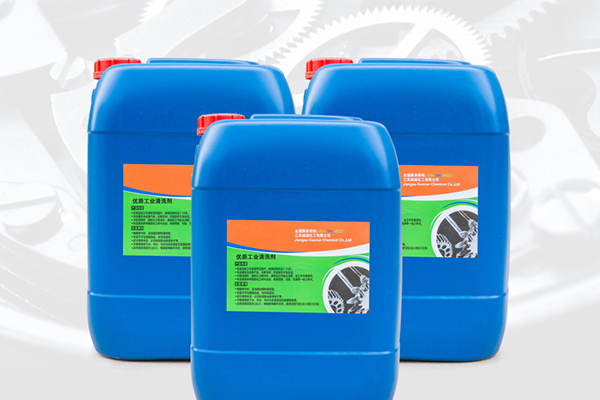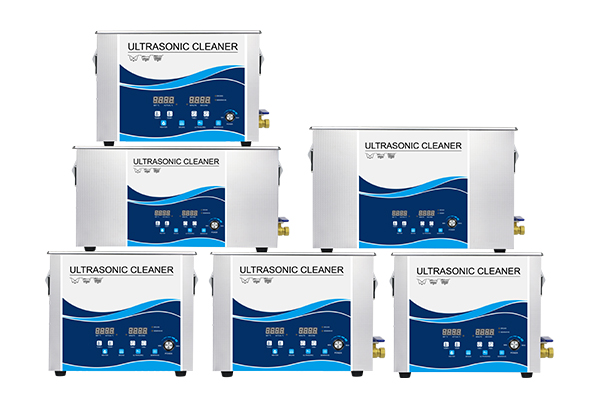Moissanite carries a reputation—dazzling brilliance, unmatched fire, and a clever alternative to diamond that doesn’t break the bank. But with all that shine, keeping it pristine poses a question many jewelry lovers soon ask: Can I toss my moissanite into an ultrasonic cleaner to restore that wow factor? It’s tempting. Those machines work wonders on metals and stones, but the glittering moissanite is a little different—harder than most, yes, but not indestructible.
Most precious gemstones can handle ultrasonic cleaning, but every material has its own unique response to pressure, vibration, and heat. Since moissanite is still relatively novel in the realm of gems, conversations online are filled with opinions—but sometimes lack nuance. What you can put in an ultrasonic cleaner and how you do it—even small details—can shape whether your jewelry sings or ends up dulled by wear.
Before plunging your moissanite into that cavitating tub, let’s dig into how ultrasonic waves interact with hard stones, what makes moissanite special, and how to spot risks before they become damage.
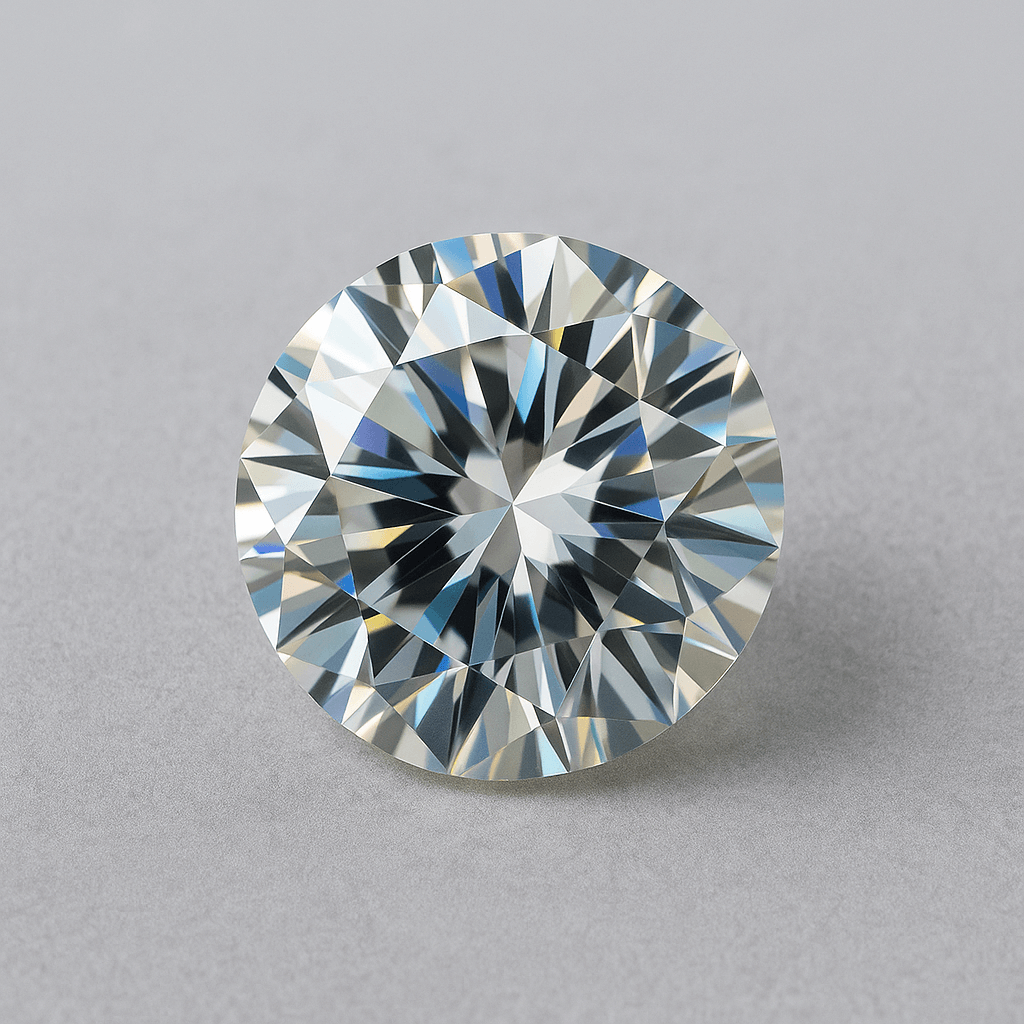
How Ultrasonic Cleaners Work—and Why Moissanite Needs Special Consideration
Ultrasonic cleaning might feel like magic, but it’s all physics and precision. These devices use high-frequency sound waves—typically around 40 kHz—transmitted through a cleaning solution (often water-based). These sound waves generate microscopic bubbles in a phenomenon called cavitation. When those bubbles collapse near a surface—say, the prongs of a ring or the table of a gemstone—they release small but intense bursts of energy. These bursts dislodge dirt, oils, grime, and even residues from places no toothbrush could ever reach.
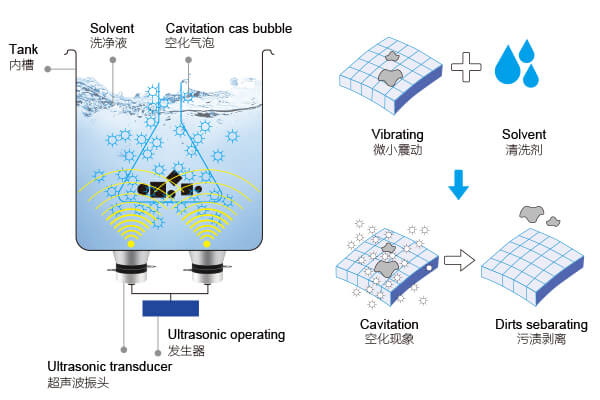
Now, this is exactly what makes ultrasonic cleaners so powerful. But it’s also what makes them a bit risky for certain materials. The energy produced is highly focused and repetitive. That’s perfect for metals and robust stones like diamond or sapphire. But even within the world of hard gemstones, nuances matter.
Moissanite scores a 9.25 on the Mohs hardness scale, placing it second only to diamonds. But hardness isn’t the whole story. Toughness—the ability to resist chipping or breaking—is a separate factor. And moissanite, while fairly tough, can still be vulnerable at points of stress, especially where the stone is set. Moreover, if your moissanite jewelry is paired with other materials—glued settings, soft metals, accent stones like opals or pearls—the ultrasonic cleaner may cause more harm than good.
So, the machine doesn’t distinguish. It doesn’t know whether your jewelry is held together with artisan care or mass-produced glue. It doesn’t see invisible fractures or weakened claws. All it does is shake—precisely, powerfully, and consistently.
That’s why the conversation around moissanite and ultrasonic cleaning isn’t black and white. It depends not just on the stone, but also on the design, setting, mounting, and even the temperature of the cleaning solution.
When Is It Safe to Use an Ultrasonic Cleaner for Moissanite?
If your moissanite jewelry is crafted well—think prong settings in solid gold or platinum, no glued components, and no surrounding vulnerable stones—then yes, ultrasonic cleaning is generally safe. The stone itself can handle the cavitation process without damage. In fact, it can come out looking brilliantly renewed.
But let’s be more specific:
- Proper Setting Matters: If the moissanite is tightly and securely held in place with durable metals (e.g., platinum, 14k or 18k gold), you’re likely in the clear. Avoid ultrasonic cleaning if the moissanite is set in softer materials like silver alloys that are easily bent or weakened.
- No Adjacent Fragile Stones: Many moissanite engagement rings come with accent stones such as emeralds, opals, pearls, or turquoise. These materials are extremely sensitive to ultrasonic cleaning. If your ring has any of these companions, the risk outweighs the benefit—even if your moissanite would be fine.
- No Glued Mountings: Some jewelry manufacturers (especially for budget items or costume jewelry) use adhesive to secure the stones. The ultrasonic waves can break down these adhesives, loosening or entirely removing the moissanite.
- No Surface Coatings: Although rare, some moissanite pieces are treated with optical coatings to enhance their color or clarity. Ultrasonic energy can degrade or peel off such coatings, permanently affecting the stone’s appearance.
- Temperature and Time Control: Make sure your ultrasonic cleaner has adjustable settings. High temperatures and prolonged cleaning cycles can introduce unnecessary risk. Stick to short cycles (5–10 minutes max) at moderate temperatures (below 50°C or 122°F) to minimize any potential stress on both the stone and its setting.
When You Should Not Use an Ultrasonic Cleaner for Moissanite Jewelry
You might be surprised how many moissanite jewelry pieces, despite looking robust, aren’t suited for ultrasonic cleaning at all. Here’s how to recognize when to skip it:
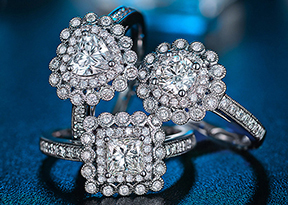
Your jewelry uses mixed materials. If your moissanite is set alongside sensitive stones (like pearls or emeralds), or embedded in materials like wood, leather, or enamel, an ultrasonic cleaner could cause damage or discoloration. Cavitation might not affect the moissanite, but it will wreak havoc on these organic or porous substances.
There are visible signs of wear or looseness. If the prongs or claws are slightly bent, or the moissanite feels even slightly loose in the setting, ultrasonic waves can make that worse. You may not lose a stone immediately, but micro-shifts in pressure over repeated cleanings can loosen settings over time. Always check for any signs of play or instability in the stone before starting.
You own vintage or antique moissanite pieces. Even though moissanite itself is a relatively new gemstone, some people mount it into vintage settings, or purchase “antique-style” rings. These may feature delicate filigree work, hand-soldered joints, or older alloys. Ultrasonic vibrations can crack solder points or stress fragile elements.
Your cleaner lacks adjustable features. Budget or compact ultrasonic jewelry cleaners often have fixed cycles or no temperature control. That’s a red flag. Without the ability to adjust power and time, you’re relying entirely on luck. Look for a cleaner that lets you tweak the cleaning intensity or duration. Moissanite doesn’t need brute force—it benefits from gentle consistency.
And if any of that seems unclear, here’s an easy way to decide: Would you trust that setting in a washing machine? If the answer is no, don’t put it in an ultrasonic cleaner either. It’s not quite the same, of course, but it’s a good gut check.
How to Safely Clean Moissanite in an Ultrasonic Cleaner
Using an ultrasonic cleaner isn’t just about tossing in your jewelry and pressing a button. To truly clean moissanite without risk, you need to approach the process with precision, just like a jeweler would. Think of it as a mini science experiment on your countertop—one that deserves your attention.
First, make sure your ultrasonic cleaner is clean and functional. Any leftover residue or corrosion from previous uses could contaminate your jewelry or interfere with cavitation. A quick rinse with distilled water and a wipe with a microfiber cloth before each use is good practice.
Now, onto the cleaning solution. Distilled water is your base—not tap water. Tap water can contain minerals and chemicals that leave deposits or interfere with the cavitation process. Distilled water is neutral and pure, giving the ultrasonic waves an ideal medium to travel through.
To that, add a mild, non-foaming jewelry cleaning agent—ideally one formulated specifically for moissanite or diamonds. These are typically biodegradable, mildly alkaline (pH around 9), and free from ammonia or strong acids. Do not substitute with dish soap or detergent unless you absolutely know the ingredients are safe for both moissanite and its setting.
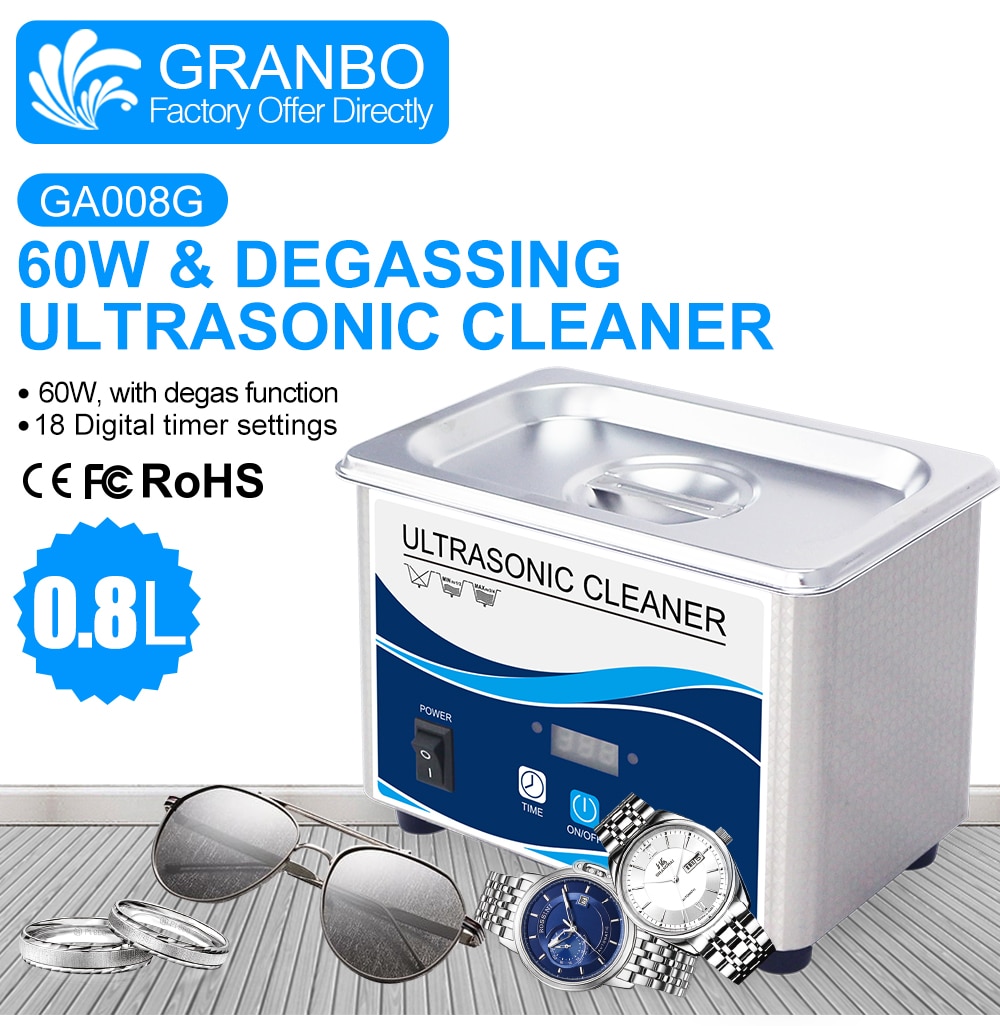
Let the cleaner run for no more than 3 minutes on a standard setting. Moissanite is tough, yes—but it doesn’t need excessive exposure. The goal is not to bombard it with waves for 15 minutes straight; it’s to dislodge any oils, dirt, or film gently and efficiently. If your ultrasonic unit has adjustable frequencies, a mid-range frequency between 40 kHz and 60 kHz is ideal for jewelry.
Once the cycle ends, do not immediately reach into the tank. Give the solution a few seconds to settle, then gently remove the jewelry using plastic tongs or a soft basket. Rinse the piece under clean running distilled water (or filtered water if distilled is unavailable), and pat it dry with a lint-free cloth.
Manual vs Ultrasonic: Is One Method Better for Moissanite?
There’s a reason ultrasonic cleaners are used in professional workshops—they’re efficient, consistent, and capable of reaching spots the human hand simply can’t. But that doesn’t mean they always win. When it comes to moissanite, context is everything.
Manual cleaning may feel old-school, but it’s often the gentler, more mindful choice. A soft-bristled toothbrush, warm water, and a mild dish soap or jewelry cleanser can work wonders for everyday build-up. It gives you the chance to inspect the stone and its setting up close. Are there prongs loosening? Is there any unexpected tarnish? You’ll notice more when you’re face to face with the details.
Ultrasonic cleaning, on the other hand, brings in a level of microscopic precision that no brush can match. It sends cavitation bubbles into every crevice, dislodging grime in places you didn’t even know existed. It’s incredibly effective for restoring brilliance, especially if your moissanite has picked up facial oil, makeup residue, or hard water stains that are difficult to clean by hand.
Still, there’s a caveat: ultrasonic cleaning isn’t without risk. It lacks discretion. It can’t tell the difference between grime and a slightly loosened prong. It will clean aggressively whether the setting is sturdy or on the verge of failing. That’s why many jewelers recommend combining the two methods—using manual cleaning as a regular maintenance habit, and reserving ultrasonic for monthly deep-cleans or when manual techniques just don’t cut it.
How Often Should You Clean Moissanite in an Ultrasonic Cleaner?
This is one of the most misunderstood aspects of ultrasonic use. Just because moissanite can go into an ultrasonic bath doesn’t mean it should all the time.
If you wear your moissanite ring every day—say, an engagement ring—it will collect oils and grime at a faster pace. But using an ultrasonic cleaner weekly is likely overkill. Instead, a good rule of thumb is once a month for ultrasonic cleaning, combined with weekly manual cleaning at the sink with a soft toothbrush and mild soap.
Why the restraint? Because even if moissanite can handle ultrasonic vibration, the metal setting might not. White gold plating can wear over time, and softer settings like silver or thin prongs can fatigue with repeated stress exposure. By spacing out ultrasonic sessions, you’re prolonging the life of the entire piece—not just the stone.
Does Ultrasonic Cleaning Affect Moissanite’s Sparkle Over Time?
There’s a moment every moissanite owner knows—the light hits it just right, and it erupts into a kaleidoscope of fire and brilliance. That’s the kind of sparkle that gives diamonds a run for their money. So it’s natural to wonder: will repeated ultrasonic cleaning dull that effect?
Here’s the good news. The optical brilliance of moissanite—its famous fire and clarity—is an intrinsic property of the crystal. It doesn’t fade with cleaning, light exposure, or time. The sparkle you see isn’t just surface-deep; it comes from how light refracts within the stone’s structured lattice. That means ultrasonic cleaning, when done properly, won’t wear it down or polish away its beauty.
But here’s the nuance: while ultrasonic cleaning won’t harm the stone itself, it can affect how well that brilliance is presented to the eye.
Think about it. A dazzling moissanite in a foggy, smudged setting won’t look dazzling. Even a speck of oil or microscopic grime between the stone and prongs can cast tiny shadows that diminish light return. So ironically, avoiding ultrasonic cleaning for too long can make your stone appear less vibrant, even though the moissanite itself remains unchanged.
On the flip side, using ultrasonic cleaning too frequently—especially if your jewelry has fine settings or plated metal—can compromise how securely the stone is held. A loose prong can shift, ever so slightly, and suddenly your moissanite isn’t positioned to catch light the way it used to. Or worse, it could fall out.
This is why the most effective care strategy for moissanite is balanced and proactive. Combine smart ultrasonic use with periodic inspections. Look for subtle changes: is the stone shifting slightly? Is there a small gap forming between the metal and the gem? Catching these early lets you preserve both brilliance and structural integrity.
Long-Term Care Tips and Safe Cleaning Practices for Moissanite Jewelry
Let’s shift from the question of “can I clean moissanite with an ultrasonic cleaner?” to a more valuable question: “how do I care for moissanite so it lasts beautifully for years?”
Ultrasonic cleaning is just one tool in a broader toolkit. The truth is, most moissanite pieces—especially engagement rings—encounter a wide range of daily exposure, from lotions and dust to chlorine and sweat. And while moissanite is extremely durable, it’s not invincible to buildup, wear on the metal setting, or microscopic abrasions that dull the overall appearance.
Develop a Consistent Routine
For regular care, you don’t need to power up the ultrasonic cleaner every week. In fact, a soft toothbrush with warm, soapy water and a microfiber cloth is often enough for light cleaning. This method is gentler on metal settings, especially if your jewelry is made of softer gold alloys or includes rhodium plating that can wear off over time.
Use ultrasonic cleaning more strategically—say, once a month or before a special occasion—when you want that showroom sparkle back. And after any ultrasonic session, always check your jewelry carefully. Is the moissanite still perfectly centered? Are the prongs as tight as before? Does anything rattle?
A quick inspection helps catch early signs of setting fatigue before a prong fails. Many jewelers offer free tightening services with professional cleanings. You can think of it as preventive maintenance—just like getting your car’s tires rotated or brakes checked.
Pay Attention to the Setting
As we’ve said before, moissanite itself is safe in ultrasonic cleaners. The metal and construction around it? That’s where risk lives. Here’s where some experience and context help.
- Pavé settings, for instance, have multiple tiny stones held by shared prongs. These are beautiful but can be fragile under intense cavitation.
- Halo rings often mix moissanite with other stones—diamonds, sapphires, or even more sensitive gems—which complicates ultrasonic use.
- Prong-heavy designs or anything with fine filigree work can catch and amplify vibrations.
In these cases, some users choose to use a protective mesh bag or a silicone basket in their ultrasonic tank. It cushions vibrations while still allowing cavitation to clean effectively.
If your jewelry is vintage, custom-designed, or comes from a small boutique, check with the creator or retailer before ultrasonic use. Many handmade or bespoke designs are more delicate than they appear.
Store It Right, Shine It Bright
Ultrasonic cleaning helps with external beauty, but how you store your moissanite jewelry plays a quiet yet critical role in long-term brilliance.
Always place moissanite pieces individually, preferably in soft-lined boxes or pouches. While moissanite ranks just below diamond in hardness, it can still scratch or chip softer materials—or get scratched by them if they’re also hard (like sapphire).
Avoid letting pieces rub together in a drawer or cluttered box. Even the tiniest friction can dull facets or polish over time. Storing properly means less frequent need for deep cleaning, and a longer life for prongs, clasps, and chains.
Final Thoughts: The Smart Way to Clean and Keep Moissanite Dazzling
Moissanite doesn’t need pampering—it thrives with regular, mindful care. Ultrasonic cleaners can absolutely be part of that equation, provided you understand both the strengths and the limits of your jewelry’s design.
So yes, you can clean moissanite with an ultrasonic cleaner, and when you do it right, you unlock its full radiance. The sparkle isn’t just in the stone—it’s in how you care for it, polish it, and wear it with confidence.
Whether you’re fresh off a proposal, inheriting a family heirloom, or just love the way moissanite lights up a room, the goal is simple: keep it clean, keep it secure, and let it shine.

